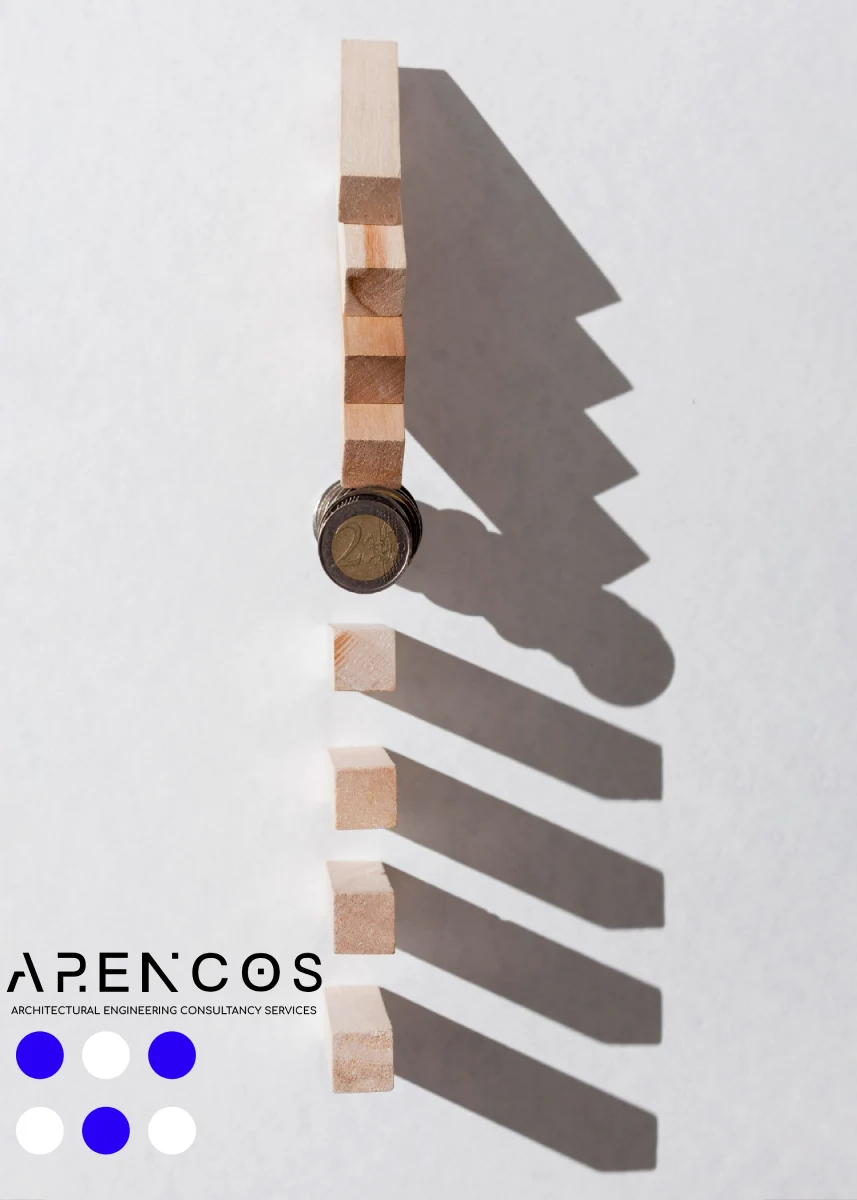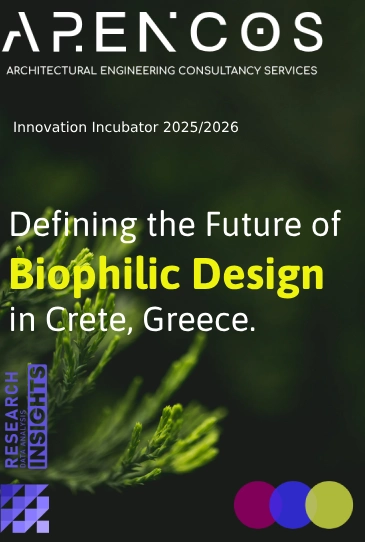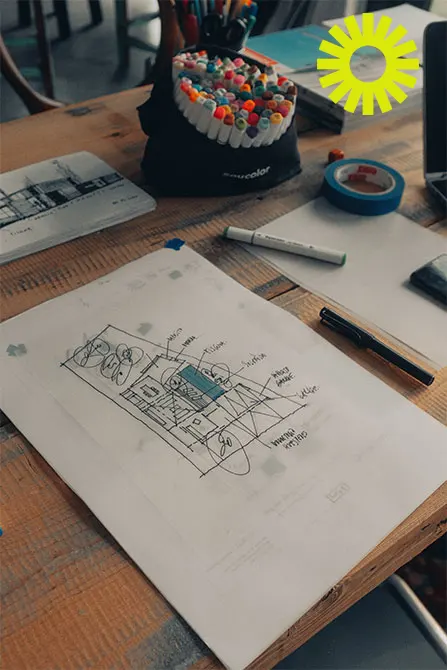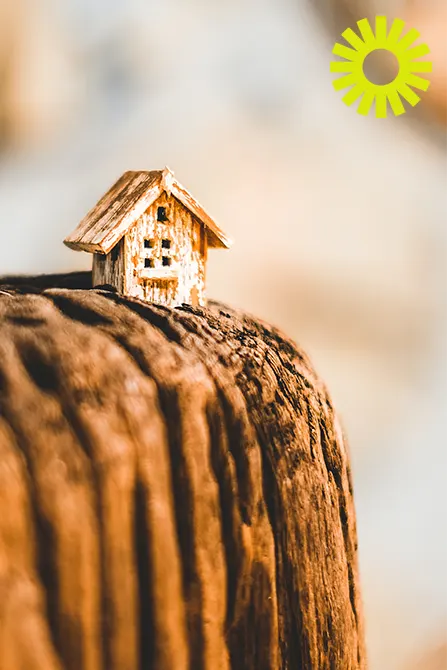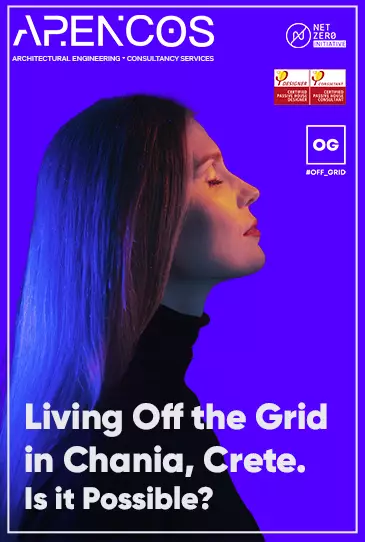Biophilic Design: Bringing Nature into Construction Projects
Bringing Nature into Construction Projects
Biophilic Design
Biophilic design is a transformative approach that transcends conventional construction practices by seamlessly integrating the natural world into the built environment.
This innovative design philosophy recognizes the inherent human connection with nature and strives to enhance well-being, productivity, and sustainability in construction projects. L

In Search of Exceptional
Net-zero methods in building and construction: The way forward.
Indeed, greener and more sustainable residential structures in Crete, Greece are magnets for property owners, investors, and buyers. The decisions made by property owners now will determine how their properties are positioned for the transition to the green era over the coming decade.
Those owners that prepare wisely are likely to seek out emerging technologies, eco-friendly and recycled materials, and sustainable ways of living.
To be sure, new materials such as green steel, precast concrete slabs, hempcrete, ferrock, and timber concrete should be among the alternative options to ensure the mitigation of greenhouse gas emissions.
Even if autonomous residential properties meet some principles of green buildings, there is no guarantee that they are really sustainable constructions, since autonomous does not always mean environmentally friendly.
We want to introduce what is likely to be a challenge ten times greater than the delivery of standard residential construction, which is creating a path to sustainable and inclusive growth.
Three critical parameters will drive our goal towards energy autonomy for residential properties in Crete, but we lead with knowledge creation because sustainability and inclusion will not be possible without knowledge.
The aspiration around energy autonomy for residential assets needs to be not only about implementing sustainable technologies, and eco-friendly materials but broader well-being.
That knowledge can spur value creation by integrating sustainable living and broad-based practices, lowering energy consumption, and raising the importance of energy independence.
While knowledge sharing, value creation and stainability are often framed as popular trends, we think about them as a whole. We need all three for this equation to work towards energy autonomy.

By Stavros Thomas
Leads ARENCOS environmental sustainability and net-zero projects to achieve energy autonomy and operational excellence through close collaboration with colleagues, peers, and external partners.Considering the physical, mental, and emotional needs of individuals-residences, architects and interior design professionals use human-centered approaches to establish the maximum comfort and well-being of the building.
Developing novel approaches to promoting health, safety, and welfare, contemporary interiors are increasingly inspired by biophilic design as a holistic approach to provide a state-of-the-art design.
At ARENCOS we embrace biophilic design at our construction projects and we design spaces that better reduce stress while improving cognitive function and creativity.
Biophilic Design
How does it connect to residential (or commercial) constructions?
By definition, project design involves diverse aspects of our environment. The discipline extends to building materials and surfaces; casework, furniture, furnishings, and equipment; lighting; acoustics; wayfinding; ergonomics and anthropometrics; and human environmental behavior.
Biophilic design influences the moment-to-moment physical and sensory elements found within interiors. It impacts our emotions, health, and overall feeling. But what is biophilic design, and how does it connect to residential (or commercial) constructions?
Biophilic design is the idea that humans possess an innate tendency to seek connections and influences with nature. The term translates to ‘the love of living things’ in ancient Greek (philia = the love of / inclination towards), and was used by German-born American psychoanalyst Erich Fromm in The Anatomy of Human Destructiveness (1973), which described biophilia as “the passionate love of life and of all that is alive.”
American biologist Edward O. Wilson later used the term in his work Biophilia (1984), which proposed that humans' tendency to focus on and affiliate with nature and other life forms has, in part, a genetic basis.
Biophlic Design & ARENCOS
In project design, we bring characteristics of the physical environment into commercial and residential spaces, such as water, greenery, and natural light, or physical materials like wood and stone.
Encouraging the use of natural elements and processes in project design allows for exposure to nature, and in turn, these design approaches improve well-being, comfort and and performance.
Over time, our connections to the natural world diverged in parallel with technological developments. Advances in the 19th and 20th centuries fundamentally changed how people interact with nature. Sheltered from the elements, we spent more and more time indoors.
Today, the majority of people spend almost 80-90% of their time indoors, moving between their homes and workplaces. As interior designers embrace biophilic design, they design and produce spaces that better reduce stress while improving cognitive function and creativity.
Utilizing biophilic design approaches in interiors, they can use botanical shapes and forms, as well as create distinct visual relationships to nature. In doing so, we understand that biophilic design consists of different natural layers that echo interior design.


Do you need help?
We're committed to creating spaces that matter.
transformation. sustainability. total architecture. technology. earth materials. knowledge sharing. creativity. innovation.

ARENCOS PHILOSOPHY
How we Think
At ARENCOS we view architectural design and construction engineering as a holistic process of exploration and discovery fueled by limitless thinking.
ARENCOS
Values Commitment
While our business continuously evolves, our core values are remaining constant. They define our way of working and are at the heart of everything we do in the field of architectural and engineering immersive experiences.
creativity/ innovation/ transparency
Digital Ecosystem
Our Businesses
We innovate on a continual basis, following trends and customer needs in the sectors in which we operate. We deliver essential innovations across our businesses— Construction & Civil Engineering, Real Estate, and Property Management.
